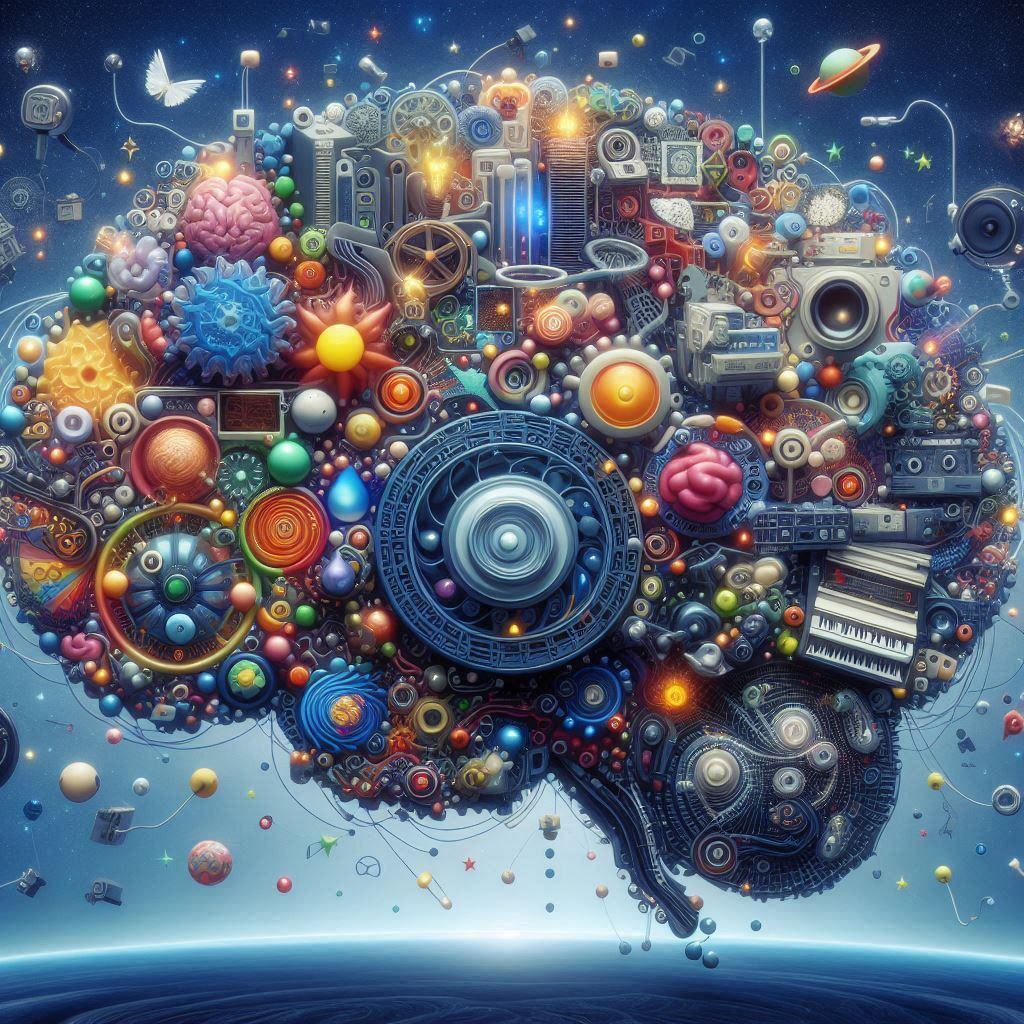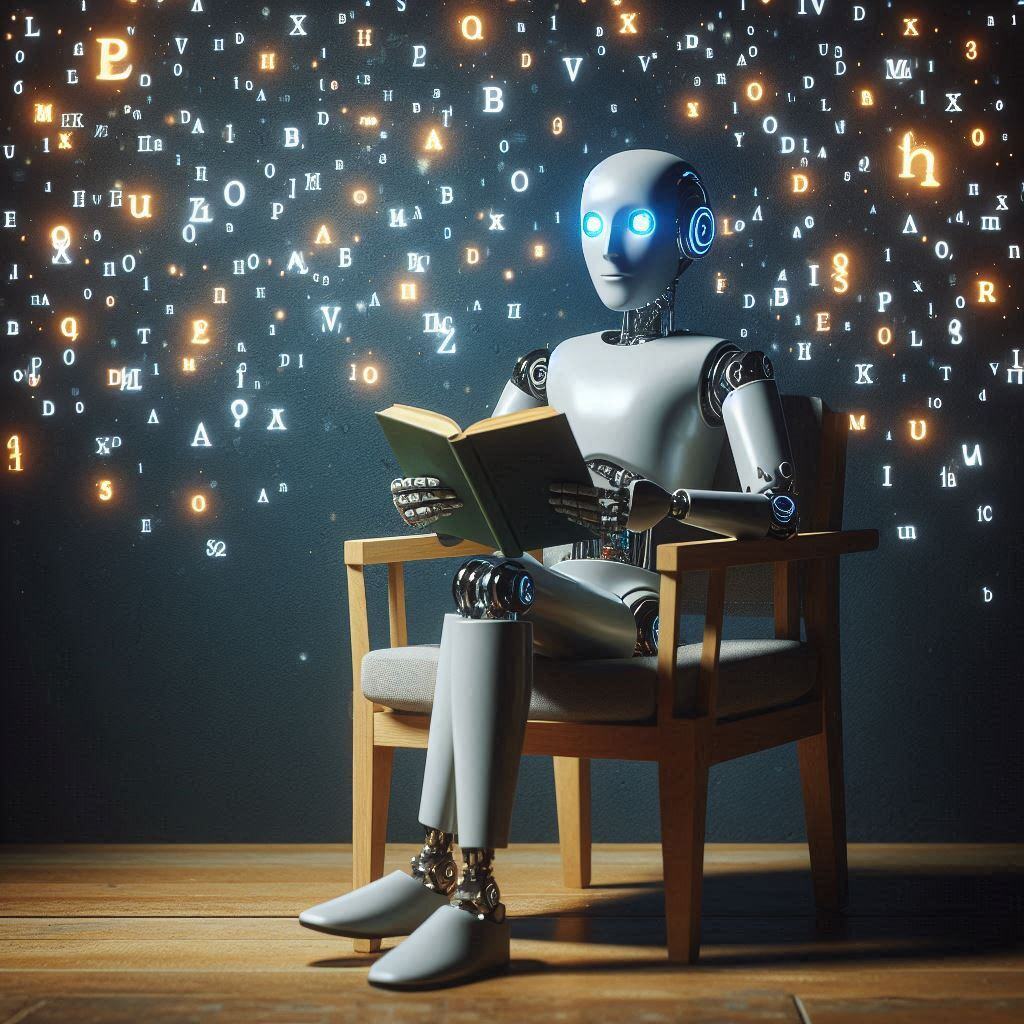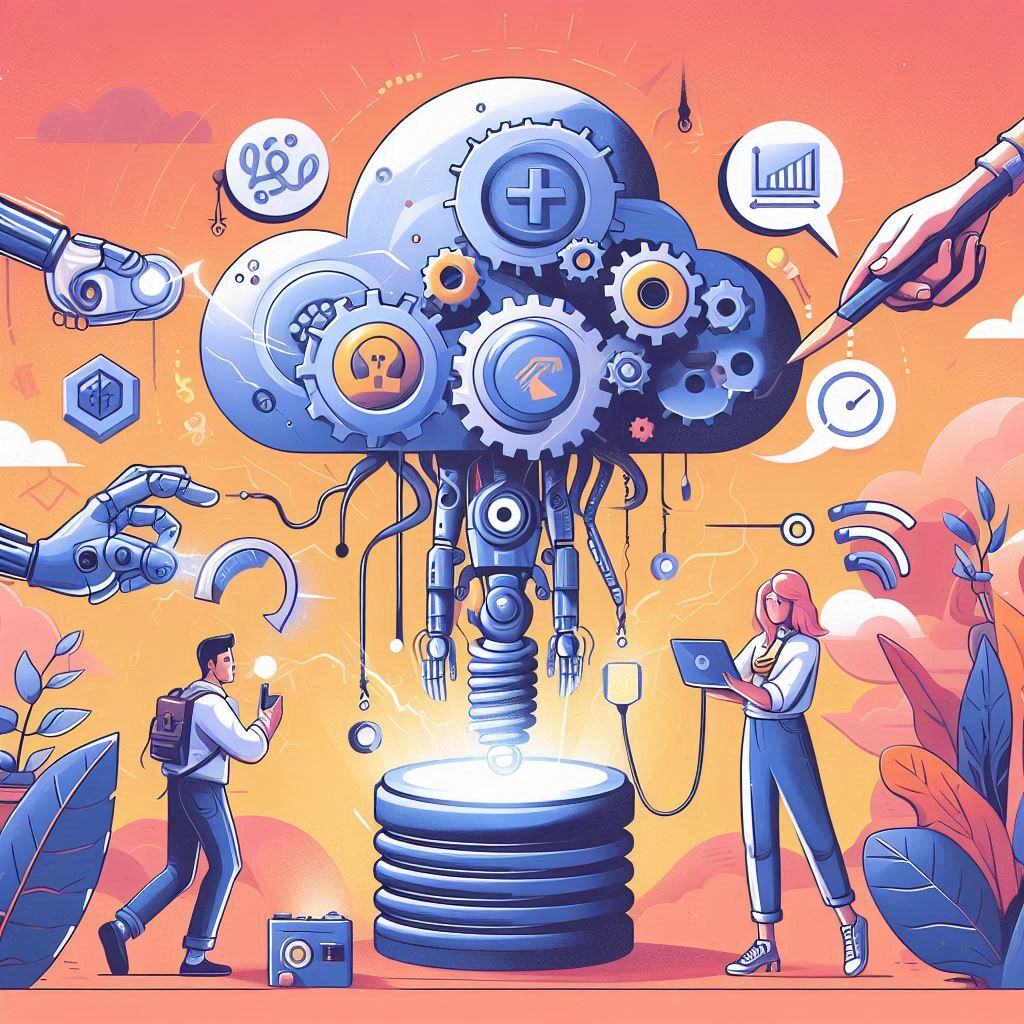What is Imagen 3?
Imagen 3 is Google DeepMind’s latest advancement in text-to-image generation technology, positioning itself as a leader among modern models like...
Explore the fascinating history of AI from ancient philosophy to modern advancements, highlighting key milestones and contributions to artificial intelligence.
Artificial Intelligence (AI) is no longer confined to science fiction. Today, it is a crucial part of our daily lives, but when did this groundbreaking technology first come into being? This question takes us on an enthralling journey through history, highlighting the contributions of brilliant minds and revolutionary ideas. Join us as we explore the origins of AI and its development into the transformative force it is today.
The roots of artificial intelligence reach back to ancient philosophy. Greek thinkers like Aristotle and Plato examined the nature of human thought and intelligence, questioning if machines could replicate or surpass human cognitive abilities. These early philosophical inquiries set the stage for AI's evolution. Aristotle’s syllogistic logic, a formalized process of reasoning, laid the groundwork for logical structures used in AI programming.
In the 17th century, significant advancements came from mathematicians and inventors like Gottfried Wilhelm Leibniz and Blaise Pascal. Leibniz envisioned a universal calculating machine capable of arithmetic and symbolic logic operations. Pascal's creation, the Pascaline, was a mechanical calculator designed for addition and subtraction. These early machines were precursors to modern computers, laying the groundwork for AI.
Leibniz's work on binary code, the basis of computer operation, was a crucial advancement. His ideas about a machine that could process logical arguments prefigured the algorithms that drive AI today. Meanwhile, Pascal’s practical inventions demonstrated the feasibility of mechanical computation, an essential step towards programmable machines.
The 1950s were crucial for AI's development. British mathematician Alan Turing published "Computing Machinery and Intelligence" in 1950, introducing the Turing Test to determine if a machine could exhibit intelligent behavior indistinguishable from a human's. This test involved a human judge engaging in a conversation with a hidden human and machine; if the judge couldn't differentiate between them, the machine was deemed intelligent. Turing's ideas sparked widespread interest and research in AI.
In 1956, the Dartmouth Conference, organized by John McCarthy, Marvin Minsky, Nathaniel Rochester, and Claude Shannon, officially marked the birth of artificial intelligence as a field. This conference brought together leading thinkers to discuss the possibility of creating intelligent machines, setting the agenda for future research.
The 1960s and 1970s saw both excitement and frustration for AI researchers. Early programs like John McCarthy's Logic Theorist (1956) demonstrated machines' potential to reason logically. Arthur Samuel's checkers-playing program could learn from mistakes and adapt strategies based on the opponent's play. Joseph Weizenbaum's ELIZA simulated conversation through pattern matching, surprising users with its human-like interaction.
Despite these advancements, early AI systems had limitations. They relied heavily on brute-force computation and struggled with real-world scenarios. Limited computational power also hindered AI's ability to process large datasets or complex algorithms. Researchers quickly realized that understanding natural language, recognizing objects, and mimicking human reasoning were far more challenging than initially thought.
During this period, researchers also began exploring neural networks, inspired by the structure of the human brain. Frank Rosenblatt's Perceptron, an early neural network model, showed promise but was limited by the computational capabilities of the time. The initial optimism was tempered by the realization that more advanced algorithms and greater computational power were needed.
The 1980s and early 1990s experienced an "AI Winter," marked by reduced funding and interest due to computational limitations and theoretical setbacks. Approaches like expert systems, dependent on hand-coded knowledge bases, proved inflexible in practical applications. The hype of the early years led to unmet expectations, causing disillusionment.
However, during this period, crucial theoretical advancements were made. New algorithms, such as backpropagation for training neural networks, set the stage for the subsequent machine learning revolution. Researchers like Geoffrey Hinton continued to develop neural network theories, laying the groundwork for the deep learning models that would later revolutionize AI.
The late 1990s and early 2000s saw a resurgence in AI research, driven by the rise of machine learning and the availability of large datasets. The advent of the internet and advancements in hardware provided the necessary resources for AI to flourish. Machine learning, a subset of AI focused on developing algorithms that allow computers to learn from data, became the new frontier.
Support Vector Machines, decision trees, and clustering algorithms gained prominence. These methods, combined with the increasing availability of data, allowed AI systems to perform tasks like image recognition, natural language processing, and recommendation systems with unprecedented accuracy. Companies like Google and Amazon began leveraging AI to enhance their services, spurring further investment and innovation.
Today, AI is omnipresent, driving self-driving cars, aiding in medical diagnoses, and even creating art. Researchers continually push the boundaries, exploring artificial general intelligence (AGI) where machines possess human-level cognitive abilities. Innovations in deep learning, reinforcement learning, and quantum computing are expanding AI's capabilities.
Voice assistants like Siri and Alexa use natural language processing to understand and respond to user queries. Autonomous vehicles utilize computer vision and sensor fusion to navigate complex environments. AI-driven tools assist doctors in diagnosing diseases by analyzing medical images with higher accuracy than human experts. Moreover, AI algorithms create artworks, compose music, and even write literature, showcasing the technology's creative potential.
The invention of AI wasn't a single moment of discovery but a culmination of centuries of human curiosity and ingenuity. From ancient philosophers to contemporary computer scientists, the journey of AI reflects our relentless pursuit of understanding intelligence and creating thinking machines. The story of AI continues to unfold, promising an ever-growing impact on our world.
As AI evolves, its influence will extend across various domains, from healthcare and education to entertainment and transportation. The narrative of AI is still being written, and its chapters will undoubtedly shape the future of humanity.
By leveraging AI's capabilities, businesses can not only improve efficiency and productivity but also achieve significant cost savings. As a result, AI will continue to be a driving force behind economic growth and innovation, shaping the future of industries worldwide.
Visit integrail.ai to learn more about how AI is transforming industries and discover innovative AI solutions.

Imagen 3 is Google DeepMind’s latest advancement in text-to-image generation technology, positioning itself as a leader among modern models like...

Large Language Models (LLMs) like GPT-4 have changed the way we think about artificial intelligence. While they started by handling text, they’ve now...

Creating "pragmatic AGI" (artificial general intelligence) with current technology is achievable without waiting for future advancements like GPT-5...
Start your journey with Integrail

Try AI Studio by Integrail FREE and start building AI applications without coding.

NEW White Paper: Discover how AI Studio accelerates your workflows